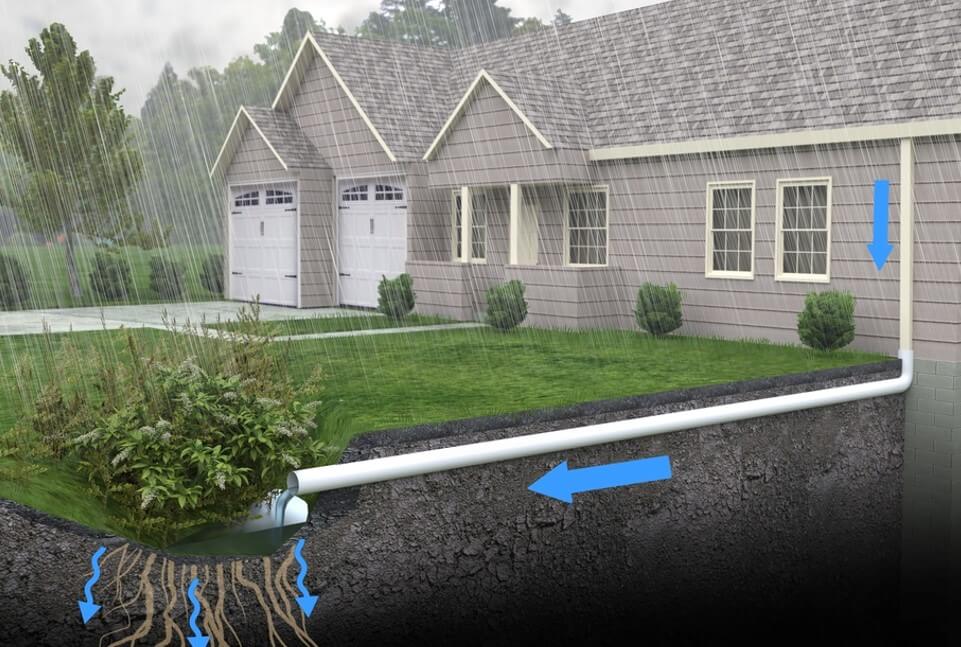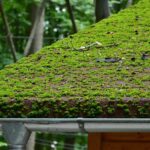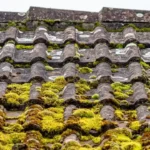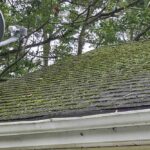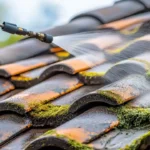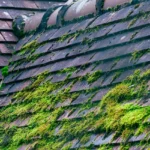Managing roof drainage effectively is crucial for the safety and longevity of large buildings. With the primary keyword, roof drainage solutions for large buildings, it’s important to understand the various systems and methods available to prevent water damage and ensure structural integrity. In this article, we will explore different solutions and best practices for managing drainage on expansive rooftops.

Understanding the Importance of Roof Drainage
Proper roof drainage is essential for preventing water accumulation, which can lead to leaks, structural damage, and mold growth. For large buildings, this becomes even more critical due to the extensive surface area that can collect significant rainfall. Implementing effective solutions can save thousands in potential repairs and prolong the life of the building.
Types of Roof Drainage Systems
1. Gutter Systems
Gutters are common roof drainage solutions that channel water away from the building. They are effective for sloped roofs, directing rainwater to downspouts and away from the foundation. Regular maintenance, such as clearing debris, is essential to prevent clogging.
2. Scupper Drains
Scupper drains are openings on the edge of flat roofs that allow water to drain into a downspout. They are ideal for large buildings with flat or low-slope roofs and help prevent water pooling.
3. Internal Drains
Internal drains are installed within the roof structure and are suitable for both flat and sloped roofs. They connect to a network of pipes that direct water away from the building, offering a discreet and efficient drainage solution.
Installation and Maintenance Tips
1. Regular Inspections
Conducting regular inspections of your roof drainage system is vital. Look for signs of blockage, damage, or wear and tear, and address these issues promptly to maintain optimal performance.
2. Professional Installation
For large buildings, hiring professionals to install drainage systems ensures that all components are correctly fitted and function as intended. This minimizes the risk of future problems.
3. Routine Cleaning
Keeping gutters and other drainage components clear of debris is crucial. Leaves, dirt, and other obstructions can impede water flow, leading to overflow and water damage.
Choosing the Right Solution for Your Building
Selecting the appropriate roof drainage solution depends on several factors, including the size and design of the building, climate conditions, and budget. Consulting with a roofing expert can help identify the most suitable system for your needs.
Innovative Solutions and Technologies
Advancements in roofing technology have led to innovative drainage solutions. For example, green roofs incorporate vegetation that naturally absorbs rainwater, reducing runoff and providing insulation. Additionally, smart sensors can monitor water levels and alert building managers to potential issues.
Environmental Considerations
Implementing sustainable drainage solutions benefits both the environment and the building. Systems that reduce water runoff and promote natural absorption, such as permeable pavement or rain gardens, contribute to ecological balance and reduce the impact on urban drainage systems.
Cost-Effectiveness of Proper Drainage
Investing in a reliable roof drainage system is cost-effective in the long run. Preventing water damage and extending the lifespan of the roof reduces repair and replacement expenses. Moreover, efficient systems can enhance energy efficiency by reducing heat absorption.
Challenges in Managing Roof Drainage
Large buildings face unique challenges in managing roof drainage. The vast surface area and potential for heavy rainfall necessitate robust solutions. Ensuring that systems can handle large volumes of water and are resilient to extreme weather is paramount.
Case Studies of Successful Implementations
Examining successful case studies of large buildings with effective roof drainage solutions can provide valuable insights. These examples highlight best practices and innovative approaches that can be adapted to other projects.
Future Trends in Roof Drainage
As technology evolves, future trends in roof drainage solutions will likely focus on sustainability and automation. Smart systems that integrate with building management software to optimize performance and reduce environmental impact are on the horizon.
Expert Opinions and Recommendations
Industry experts emphasize the importance of regular maintenance and choosing the right system for specific building needs. Consulting with professionals ensures that roof drainage solutions are tailored to meet the unique challenges of large structures.
Conclusion
Effective roof drainage solutions for large buildings are crucial for maintaining structural integrity and preventing costly damage. By understanding the various systems available and implementing best practices for installation and maintenance, building owners can ensure long-term protection and efficiency.

FAQs
1. What are the signs of a clogged roof drainage system?
Signs include water pooling, slow drainage, and visible debris in gutters or drains. Regular inspections can help identify these issues early. For more details on unclogging systems, visit this guide.
2. How often should roof drainage systems be cleaned?
It’s recommended to clean them at least twice a year, particularly before and after the rainy season, to ensure optimal performance.
3. Can roof drainage systems help improve energy efficiency?
Yes, by preventing water damage and maintaining the structural integrity of insulation materials, effective drainage systems can contribute to improved energy efficiency.
For additional insights on roofing and drainage, explore more at Maryland Roofers.
This article contains affiliate links. We may earn a commission at no extra cost to you.



